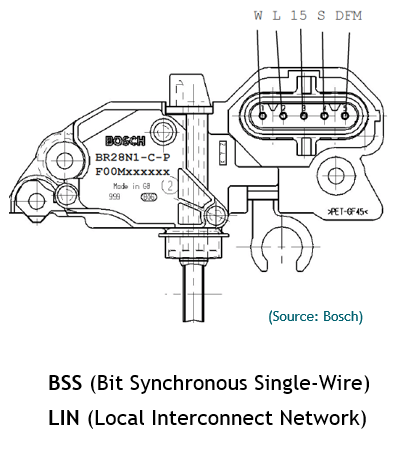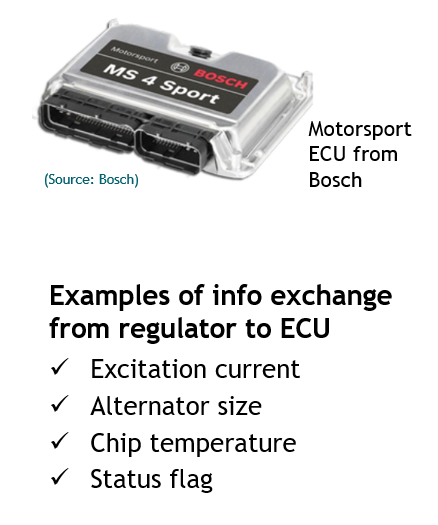To give you the best experience possible we have this website in your language: .
We will redirect you in: seconds
or you can click the button below to go now:

What is the purpose of a regulator?
|
Information exchange on the rise
|
 |
 |
What is LIN?LIN = Local Interconnect NetworkDigital interface to share information & communicate with regulator.
|
|
|
Single / duplex communication |
|
|
Find the whole range of high quality regulators.
Avoid installing an alternator with a wrong signal:
“Remarks This alternator has a COM terminal on the regulator. It is recommended that the OEM number is used to check suitability before ordering.”
